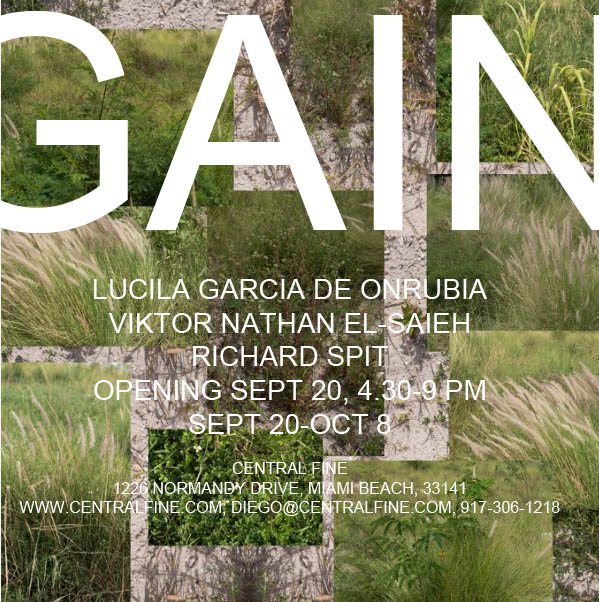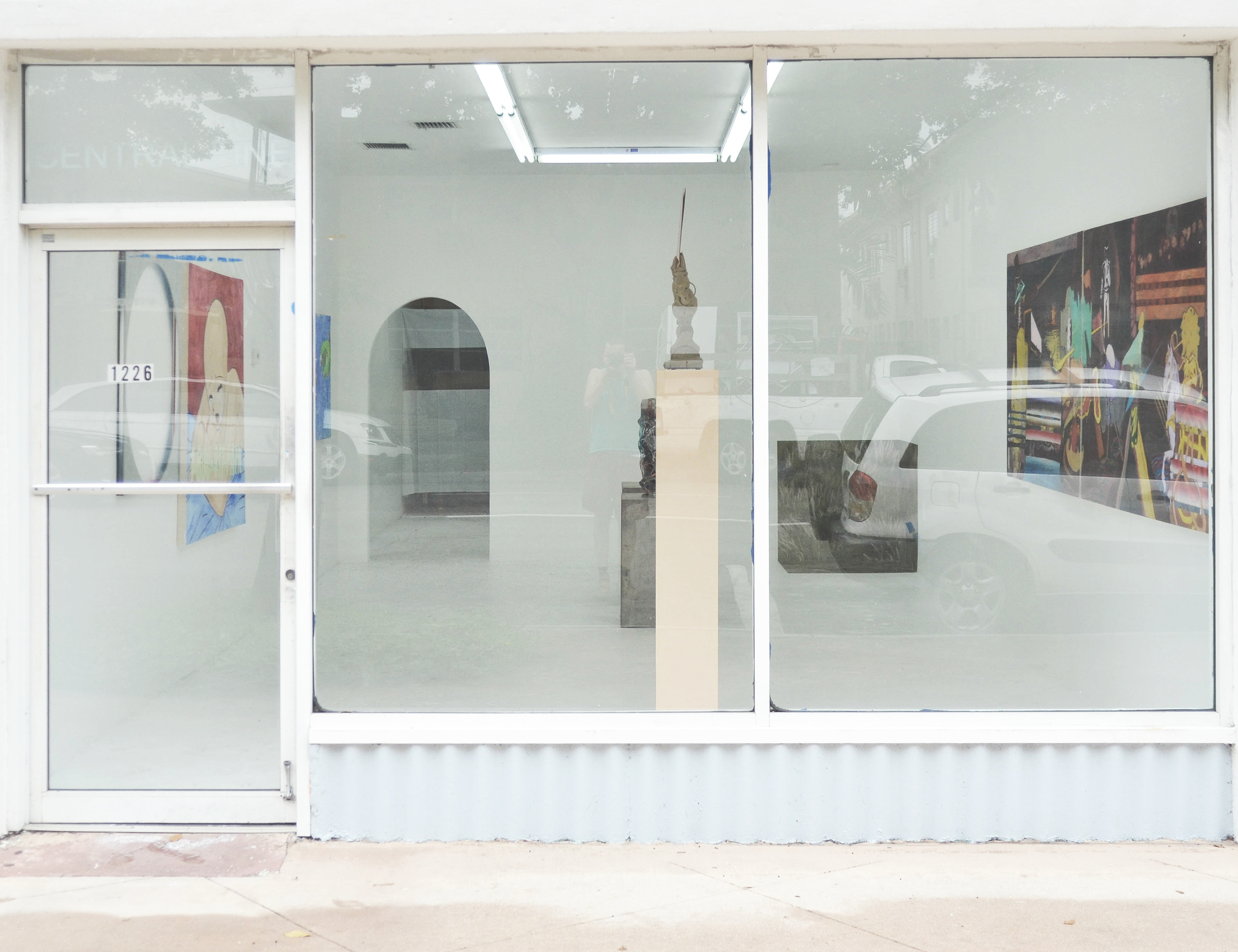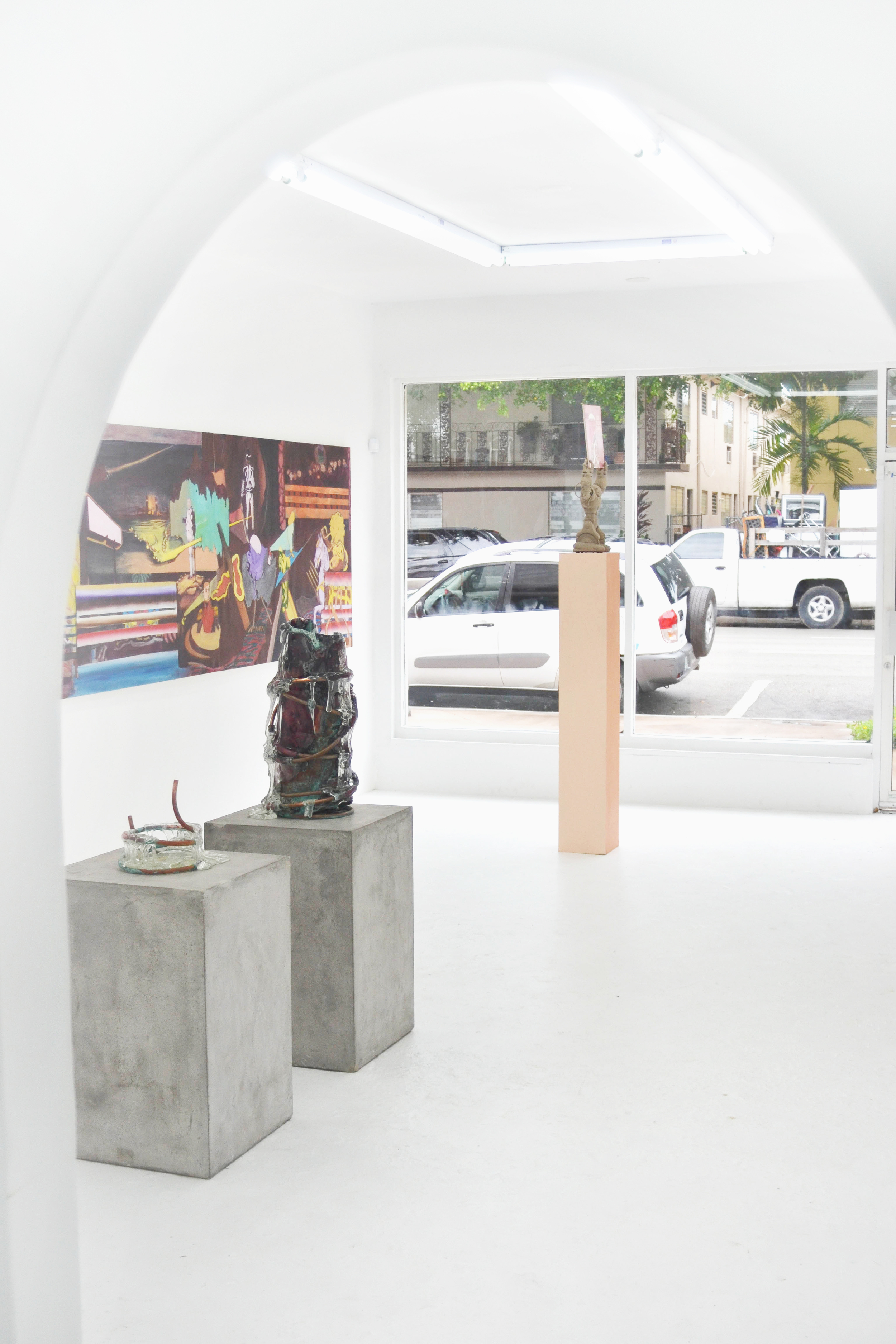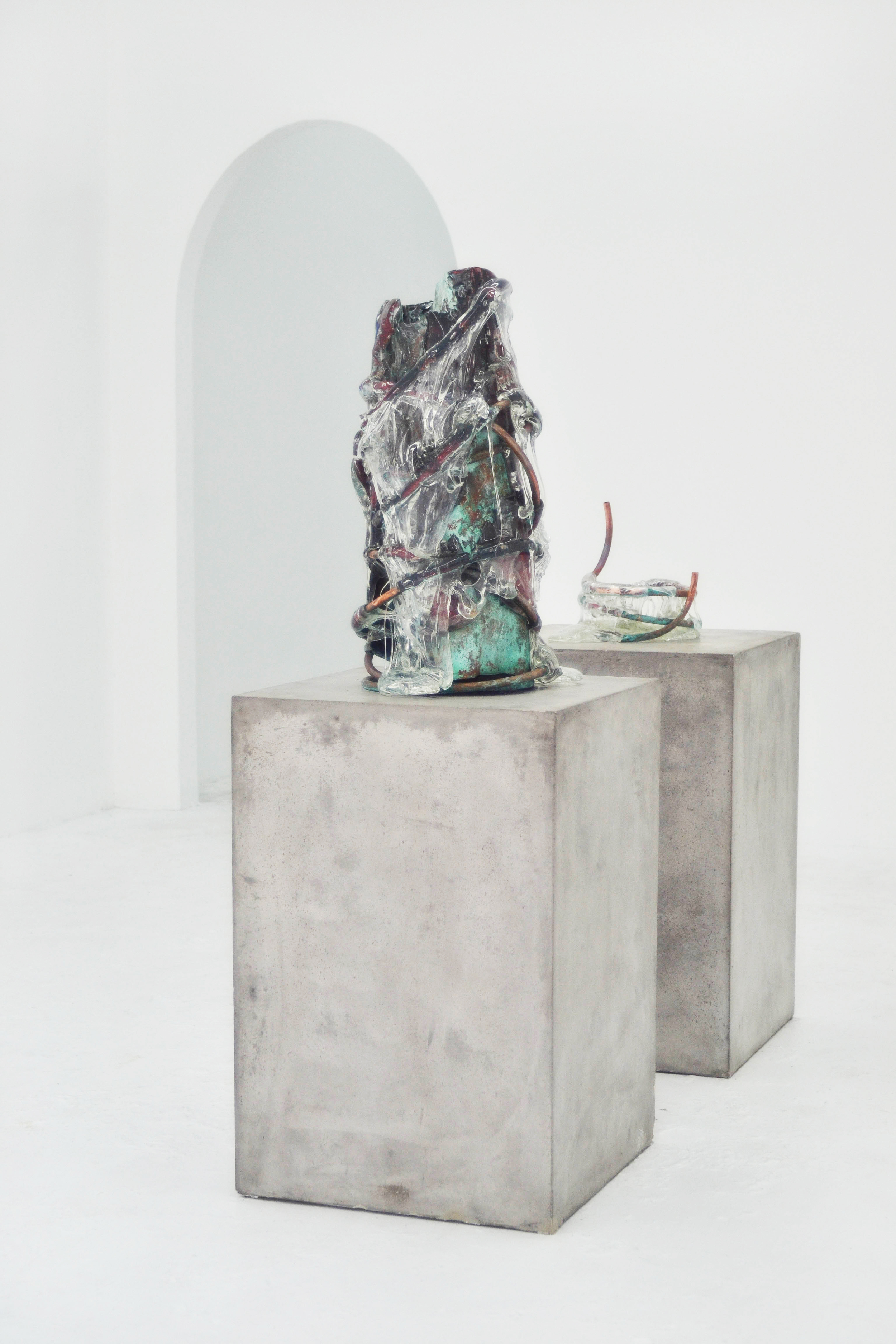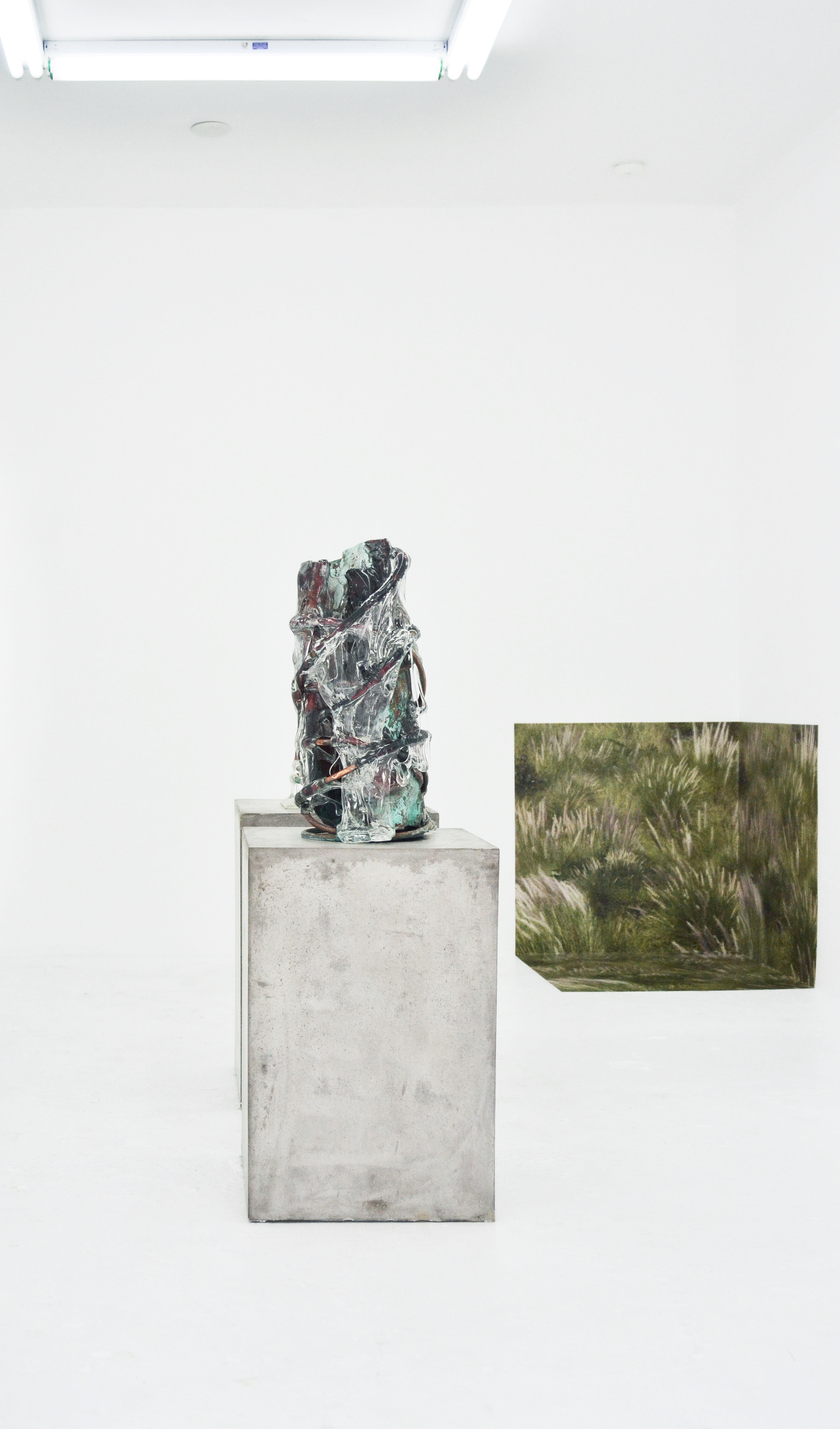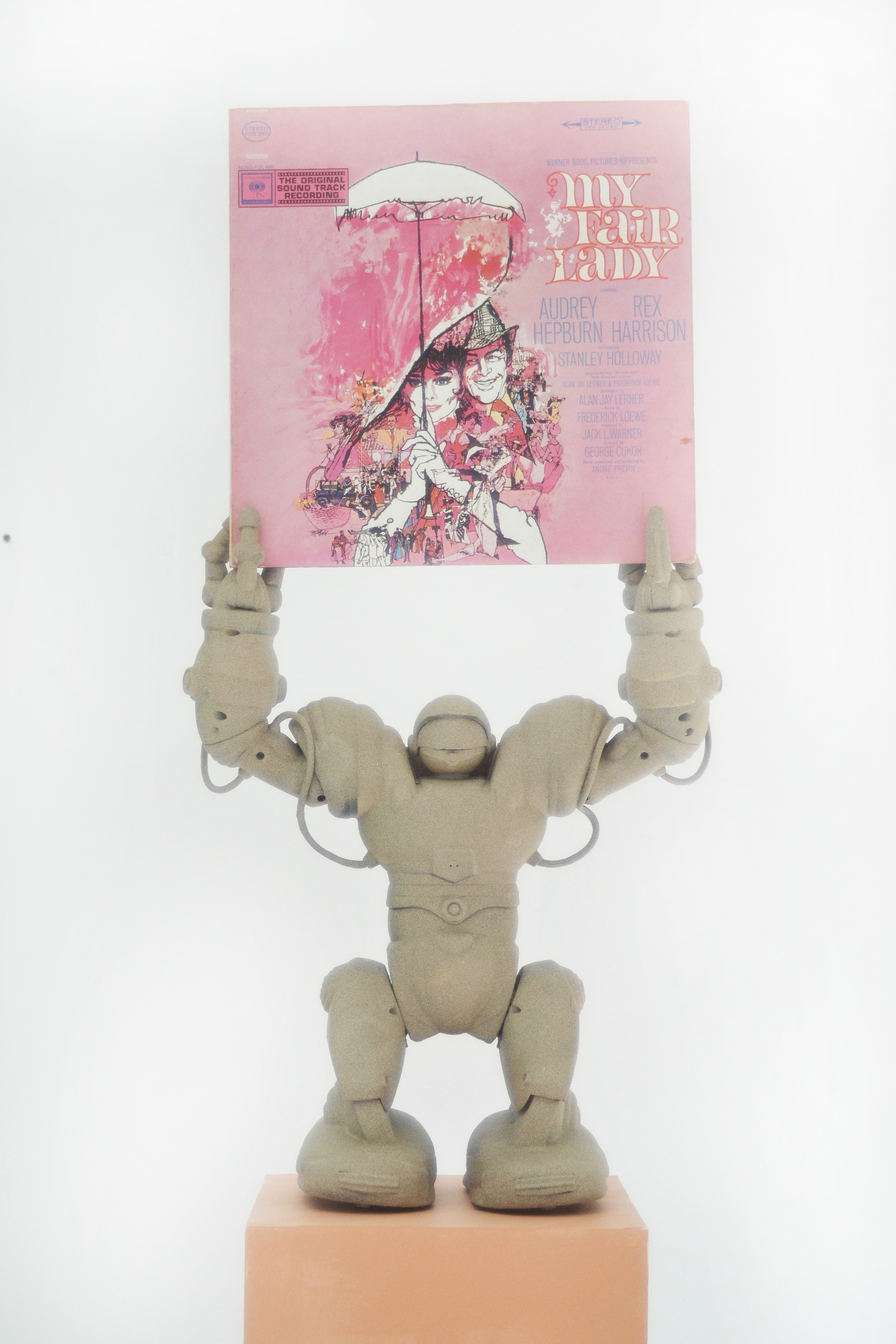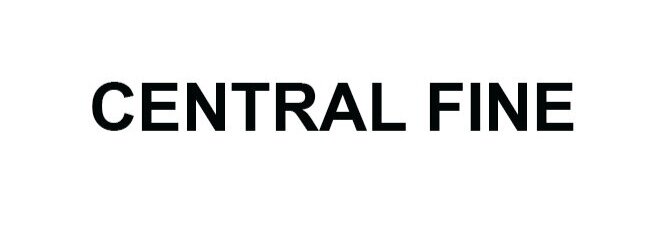GAIN
Lucila Garcia de Onrubia, Viktor El-Saieh and Richard Spit
September 20 – October 8, 2015
Opening on September 20 from 4:30-9PM
Central Fine presents a group show where free-association, visibility and loss face links and margins.
Lucila Garcia de Onrubia’s work is fluidly planted between hysteria and obsession while addressing the arbitrariness of those terms. The works presented in GAIN fold back and forth into design, into jewelry, into stages, and it seems that Garcia de Onrubia stands pro-et-contra the violence performed by genres and their divisive nature.
Instead of proposing arrivals, Garcia de Onrubia researches a type of liquidity and passive-aggressiveness, allowing for a look into the tensions between the material and the invisible. In her works, the gap between categories is an activator of the liminal, and that activator focuses on itself, or on the tension that is inherent in the notion of definition. It is in the zooming-into-things where her works bypass the censorship of form and material, confronting themselves through a set of semantic suspensions.
Like Garcia de Onrubia’s work, Viktor El-Saieh seems to be part of a generation of artists that appeals to free-association and what we can call ‘the surrealist method’ as a strategy that allows for various interests to materialize through sampling. This retake on pictorial tactics that appeared in the 90’s (i.e. Michel Majerus, Markus Oehlen, Albert Oehlen) shares the DJing approach of its predecessors, but, rather than bringing together disparate elements, El-Saieh offers a narrative that emerges from what we can call the symbolic coating of the political and the perception of “The National”. This symbolic patina, or Haitian-ness acts like a unifying force that erases time, places and actors and emphasizes links rather than punctuations. In that sense, Viktor El-Saieh’s works share a formal equivalence with musical scores, where negative space can be understood as ‘silence’ and the defining factor in any composition. Although politically aware, his paintings are determined by gaps and holes between form and content, and it is in these absences where their agency exists beyond the narrative and its ideologies.
Richard Spit’s work appeals to a similar psychoanalytic approach. Through this associative methodology he addresses urgent issues such as the current state of the medical system, power structures, lack of infrastructure and the instrumentalization of identity politics. By presenting the ready-made, again coated by the symbolic as material, Spit charges his paintings and sculptures with decentralization and abstraction. What we gain/lose is contained in a generic and yet, uncanny ‘shape’. This Das Ding[1] (The Thing, the repressed) finally surfaces and what appears isn’t revealed, but rather remains as an opaque sign that threatens to unfold into its own ambivalence.
[1] Das Ding: Freud introduces the term as “The Thing’ which exists in the id and presents itself as the unimaginable, that which exists beyond Language, see: Freud, Sigmund. "The Unconscious", 19l5e. SE XIV, 161. Lacan, on the other side, argues that the nature of the subconscious is linguistic, and separates Das Ding drom Die Sache, as Das Ding remains the real in itself, the unknowable; and Die Sache is the representation of ‘The Thing’ in the symbolic order, see: Lacan, Jacques. The Seminar. Book VII. The Ethics of Psychoanalysis, 1959-60. Trans. Dennis Porter. London: Routledge, 1992. p. 62-3, 44-5
